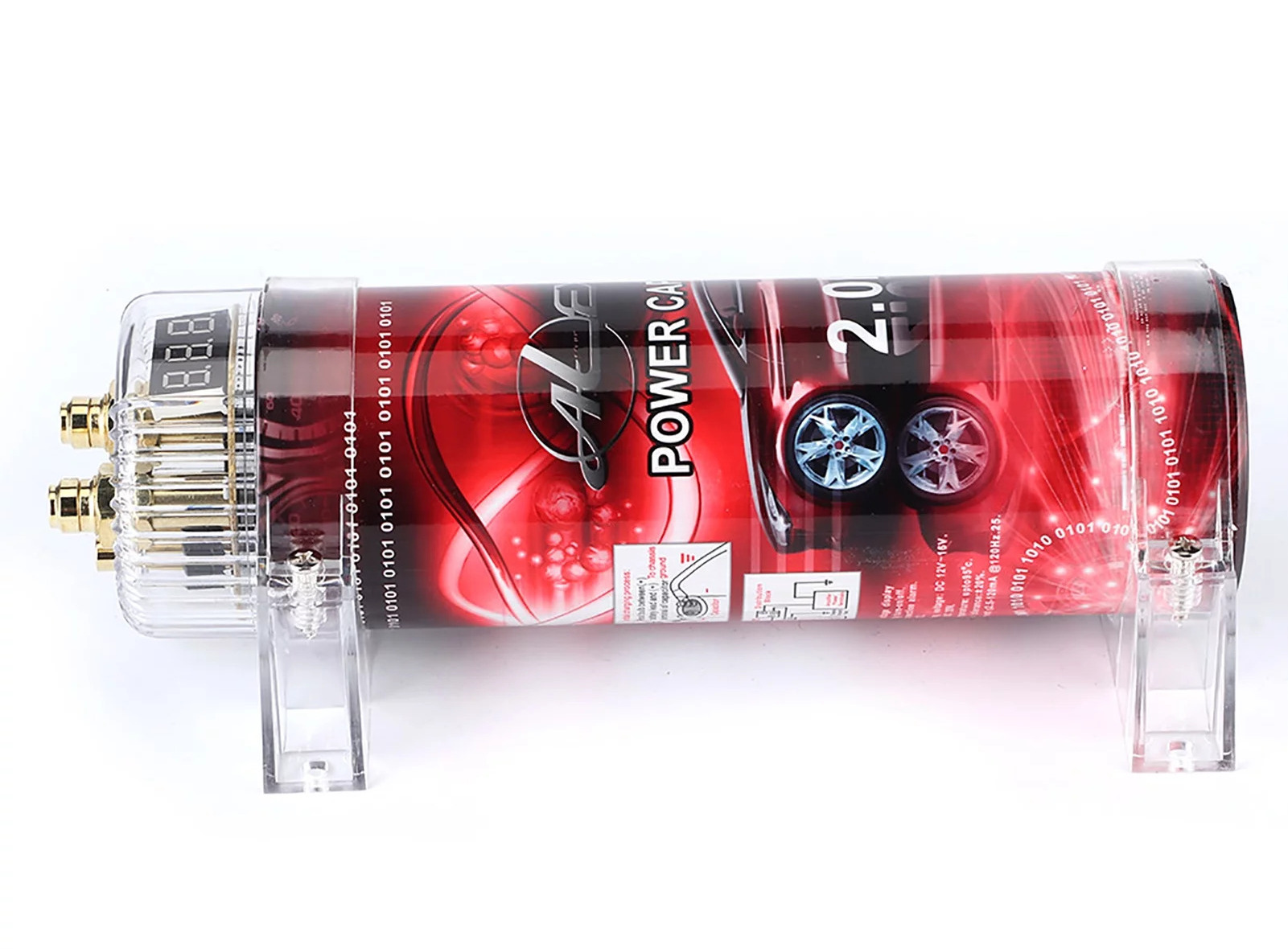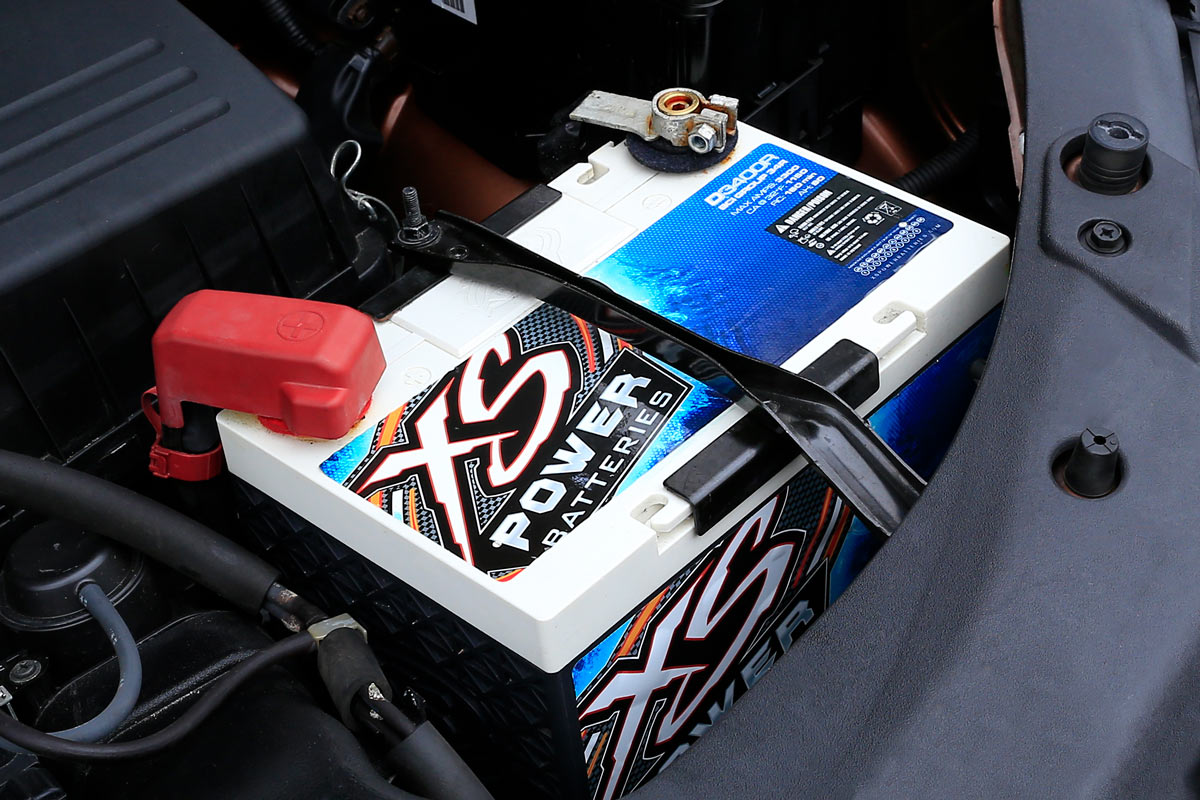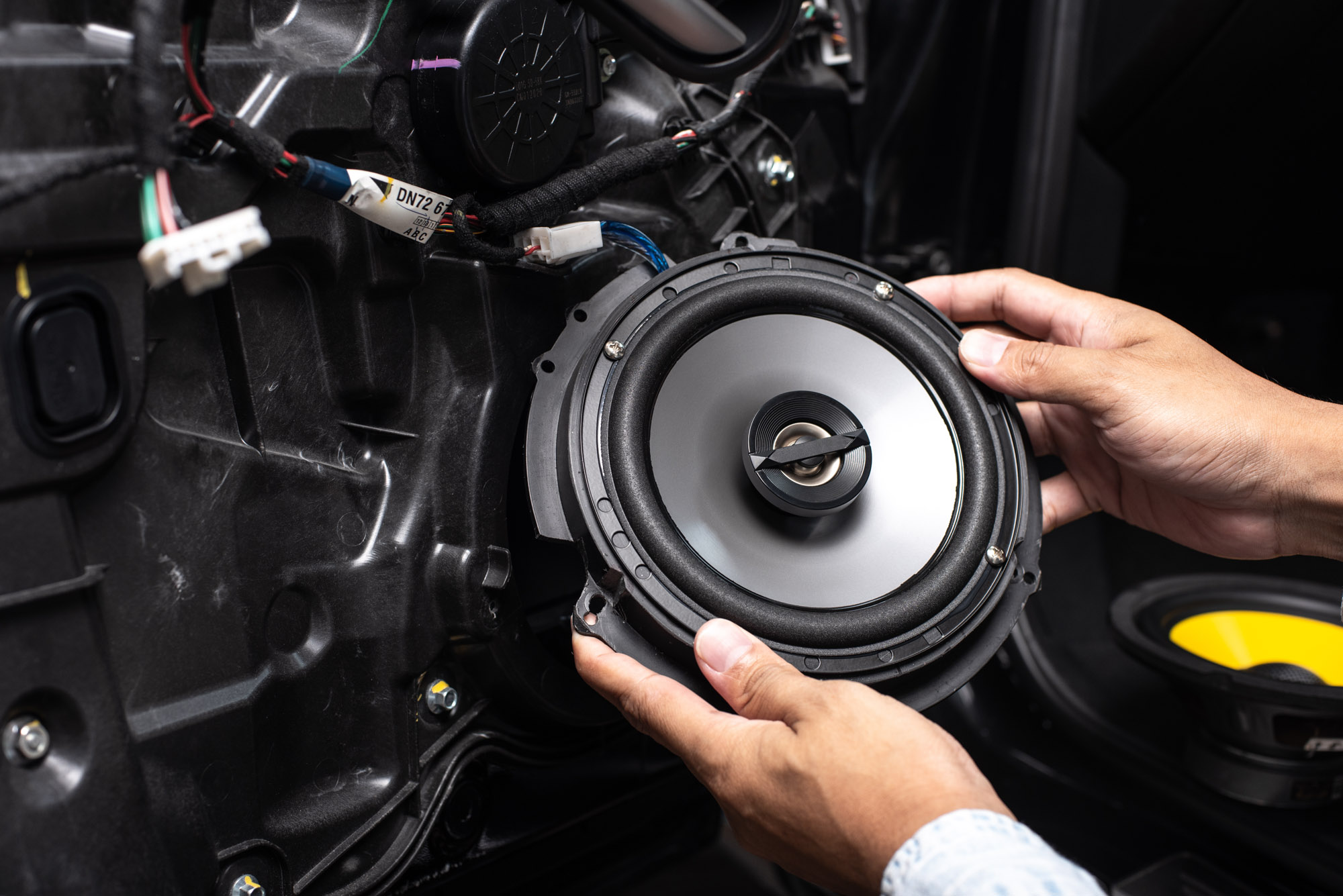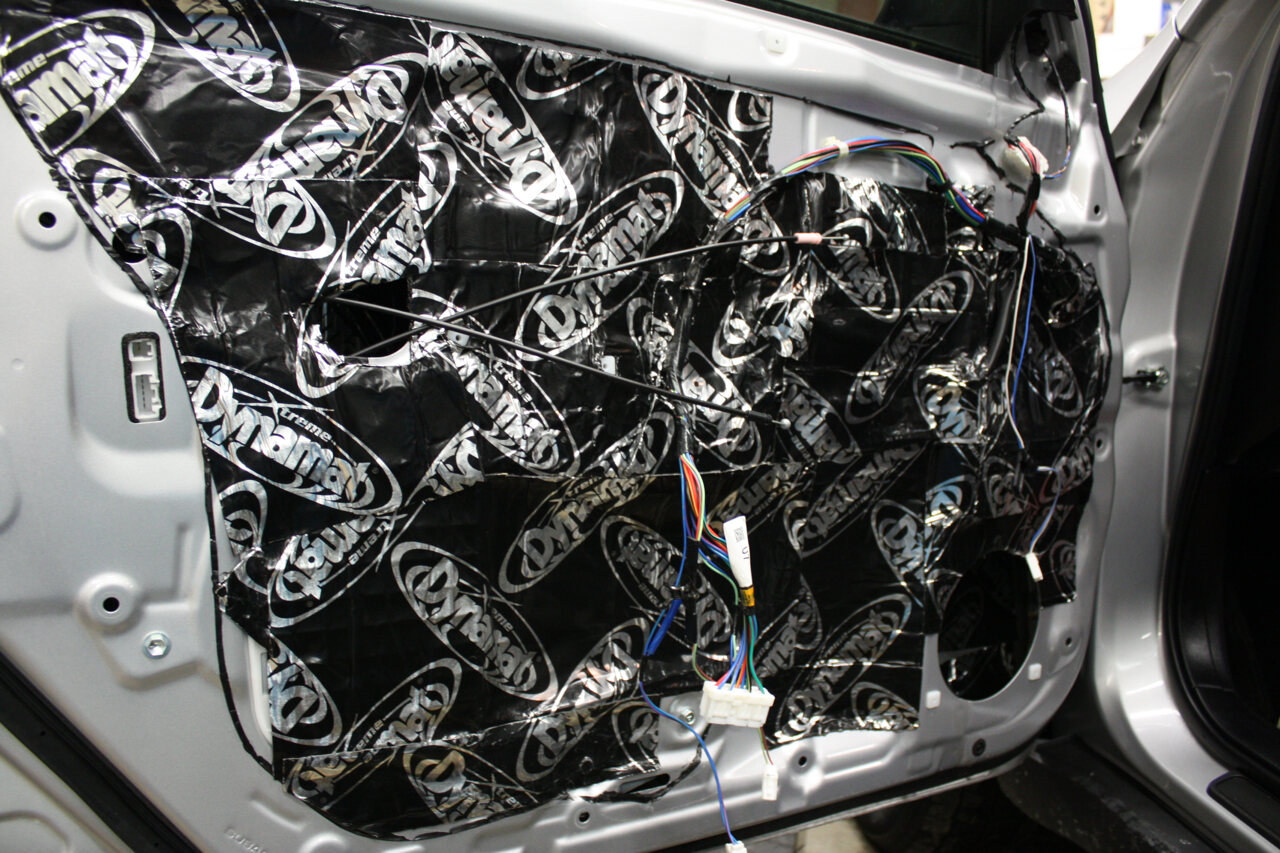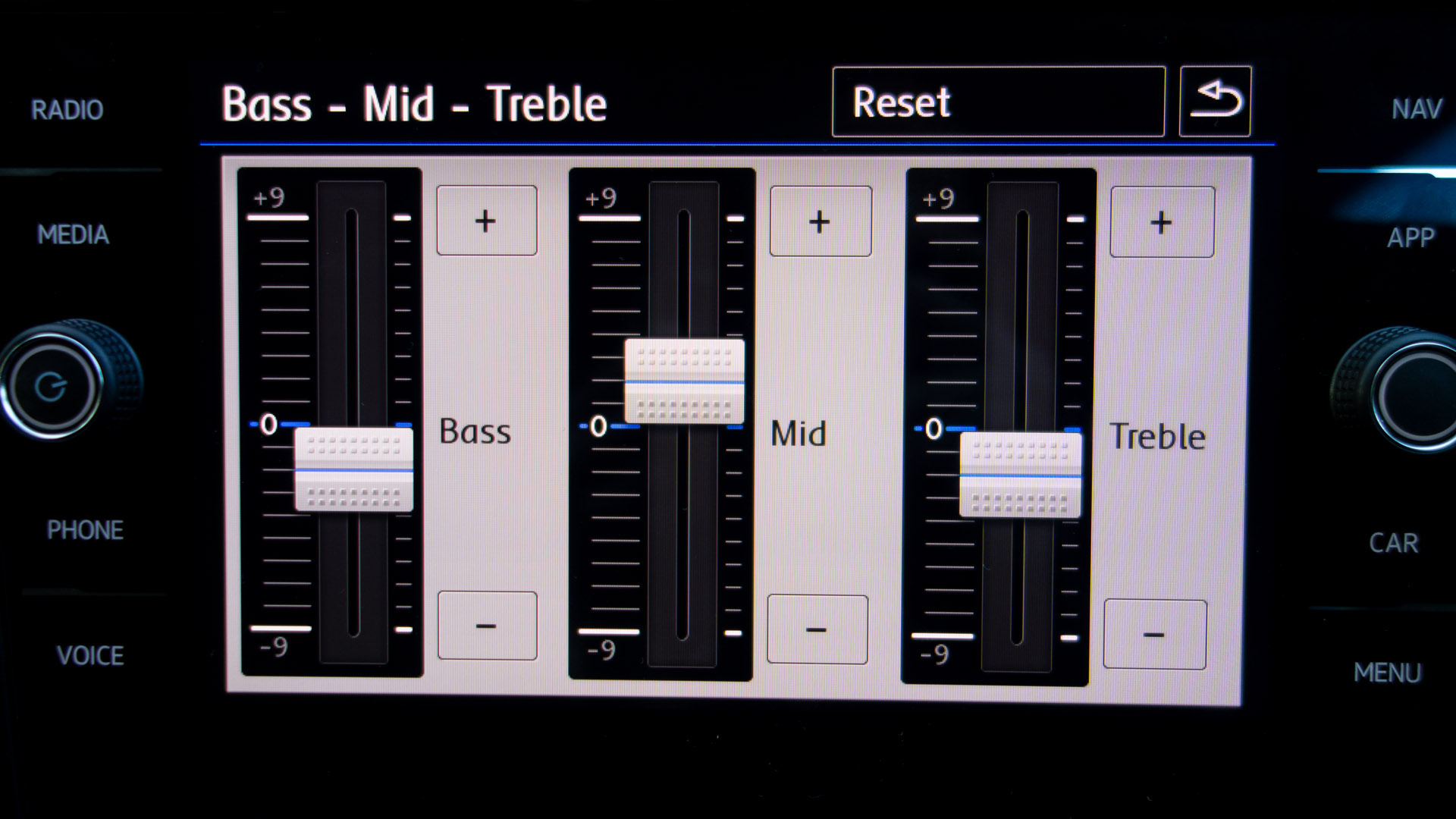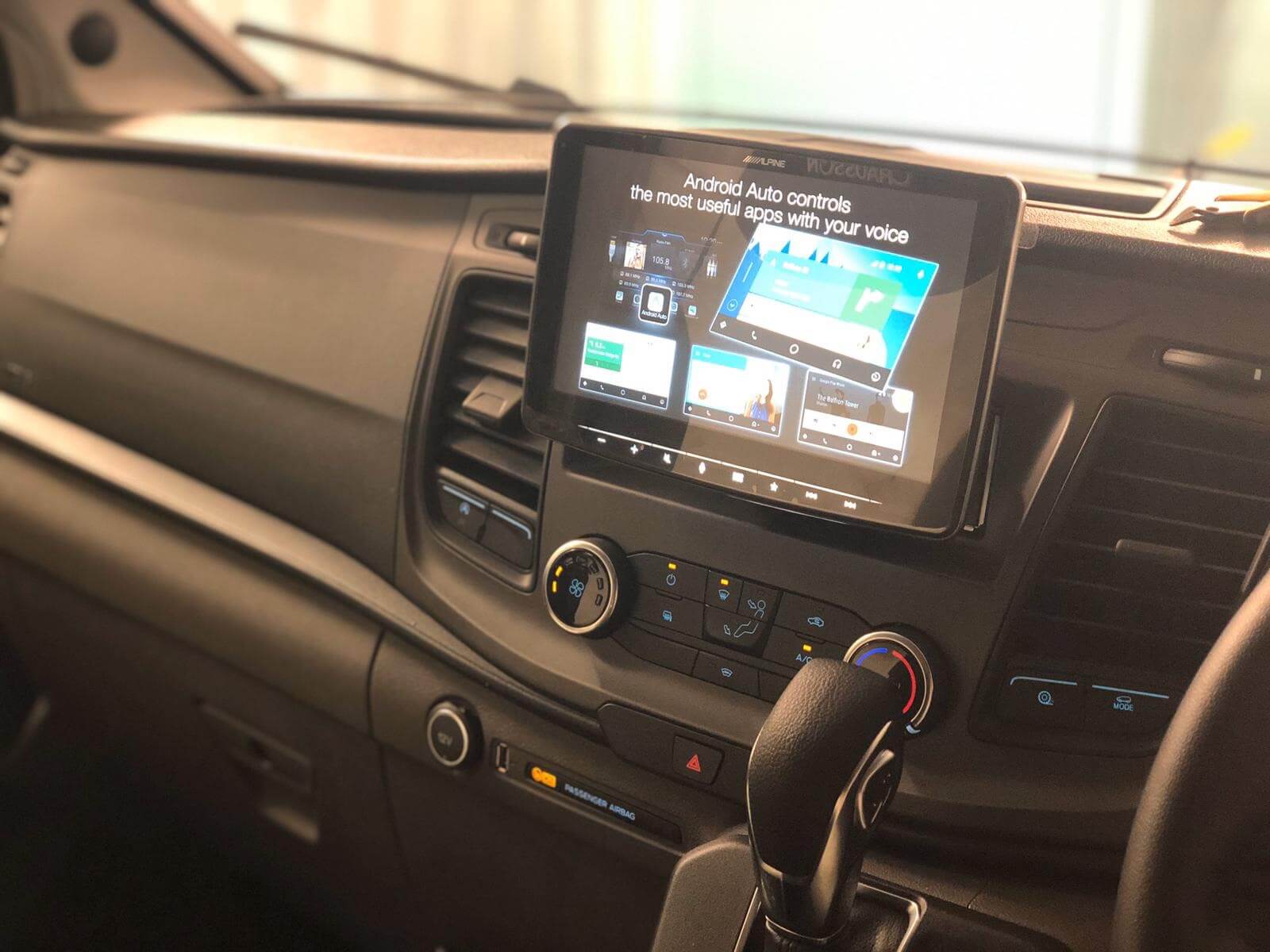Home>Devices & Equipment>Car Audio>What Is An Epicenter For Car Audio


Car Audio
What Is An Epicenter For Car Audio
Published: February 5, 2024
Enhance your car audio experience with an epicenter - a powerful tool that maximizes performance and bass response. Discover the benefits of adding a car audio epicenter to your system and take your sound quality to new heights.
(Many of the links in this article redirect to a specific reviewed product. Your purchase of these products through affiliate links helps to generate commission for AudioLover.com, at no extra cost. Learn more)
Table of Contents
- Introduction
- Definition of an Epicenter for Car Audio
- Purpose and Benefits of an Epicenter
- How an Epicenter Works
- Features to Consider when Choosing an Epicenter
- Installation Process for an Epicenter
- Common Misconceptions about Epicenters for Car Audio
- Top Brands and Models of Epicenters in the Market
- Conclusion
Introduction
Welcome to the world of car audio, where music lovers can transform their vehicles into a concert on wheels. Whether you’re a casual listener or a dedicated audiophile, upgrading your car’s audio system is a surefire way to enhance your driving experience. Among the various components and accessories available in the car audio world, one particular device stands out: the epicenter.
An epicenter is a powerful tool that helps to improve the quality of sound in your car audio system. It is designed to enhance the bass response and overall clarity of your music, giving your audio system a boost that can make your favorite songs come alive. In this article, we will explore the definition, purpose, benefits, and features of an epicenter, as well as address common misconceptions and provide recommendations for top brands and models available on the market today.
Whether you’re a seasoned car audio enthusiast or new to the world of car audio, understanding the importance and functionality of an epicenter will help you take your audio system to the next level. So, buckle up and get ready to dive into the world of epicenters for car audio!
Definition of an Epicenter for Car Audio
An epicenter, in the context of car audio, refers to a signal processor designed to enhance the bass response and restore the low-frequency impact of your audio system. It is specifically engineered to compensate for limitations and deficiencies in the vehicle’s sound environment, resulting in a more balanced and immersive listening experience.
Essentially, an epicenter acts as a bass restoration processor that intelligently detects and amplifies low frequencies, adding depth and power to your music. It works by analyzing the incoming audio signal and identifying frequencies that fall within the bass range. Once these frequencies are identified, the epicenter uses its advanced circuitry to boost and recreate the bass response, recreating a fuller and more impactful sound.
Unlike standard equalizers or bass boosters, an epicenter goes beyond simply adding more bass. It is designed to restore the low-frequency harmonics that are often lost during the recording and playback process, resulting in a more balanced and accurate representation of the original audio content. This is especially beneficial for genres of music that heavily rely on deep bass, such as hip-hop, EDM, and rock.
By restoring and enhancing the bass response, the epicenter helps to overcome the limitations of your car’s audio system and ensures that you can enjoy the full range of frequencies with clarity and precision. It can make a significant difference in the overall sound quality, allowing you to feel the music in your car as if you were attending a live concert.
Purpose and Benefits of an Epicenter
The primary purpose of an epicenter in car audio is to enhance the bass response and restore the low-frequency impact that may be lacking in your car’s audio system. However, the benefits extend beyond just improving the bass. Let’s explore the various advantages that an epicenter brings to your car audio setup:
1. Bass Restoration: One of the main benefits of an epicenter is its ability to restore and enhance the bass frequencies in your music. It effectively brings out the deep, powerful bass that may be missing or subdued in your car’s sound system, allowing you to experience the full impact of your favorite tracks.
2. Improved Clarity: In addition to boosting the bass, an epicenter can also enhance the overall clarity of your audio. It helps to clean up muddy or distorted bass notes, resulting in a clearer and more defined sound. The improved clarity allows you to hear the intricate details in the music and enjoy a more immersive listening experience.
3. Customization and Control: Most epicenters come with a range of adjustable settings and controls, giving you the ability to fine-tune the bass response according to your preferences. You can adjust the level, frequency range, and intensity of the bass, allowing you to customize the sound according to the genre of music or your personal taste.
4. Soundstage Enhancement: By restoring the bass frequencies, an epicenter can also contribute to expanding the soundstage of your car audio system. The increased depth and presence of the bass notes create a more spacious and enveloping sound, making you feel like you’re surrounded by the music.
5. Subwoofer Optimization: If you have a subwoofer in your car audio setup, an epicenter can work in conjunction with it to maximize its performance. It can help to optimize the output of the subwoofer, ensuring that it operates at its full potential and delivers deep, impactful bass without distortion.
6. Correcting Audio System Limitations: Many car audio systems are not designed to handle low-frequency reproduction effectively. They may suffer from weak bass response, lack of impact, or distortion at high volumes. An epicenter helps to overcome these limitations by actively processing and boosting the bass frequencies, resulting in a more satisfying and enjoyable listening experience.
Overall, an epicenter serves as a valuable addition to your car audio system, elevating the bass response and enhancing the overall sound quality. It offers customization options, improved clarity, and corrects the deficiencies in your audio system, allowing you to enjoy music the way it was meant to be heard.
How an Epicenter Works
To understand how an epicenter works, let’s take a closer look at its internal mechanisms and processes:
An epicenter operates by analyzing the audio signal from your car’s stereo system and detecting frequencies within the bass range. Once these frequencies are identified, the epicenter amplifies and restores them to create a more impactful and balanced sound.
First, the audio signal enters the epicenter through its input connections. The epicenter’s circuitry then processes the incoming signal, separating and isolating the frequencies that fall within the bass range. This is done through advanced signal processing techniques, such as filtering and equalization.
The isolated bass frequencies are then amplified and reconstructed by the epicenter’s internal circuitry. The process involves boosting the low-frequency energy while maintaining a balanced and accurate representation of the original audio content. This ensures that the enhanced bass integrates seamlessly with the rest of the audio frequencies, creating a cohesive and natural sound.
An important aspect of an epicenter is its ability to restore and enhance harmonics within the bass frequencies. When audio is recorded and compressed, some of the subtle details and harmonics in the bass range may be lost. The epicenter works to recreate these missing harmonics, restoring the full richness and impact of the bass notes.
Furthermore, an epicenter often provides adjustable controls that allow you to customize the bass response according to your preferences. These controls typically include settings for bass level, frequency range, and intensity. By fine-tuning these settings, you can tailor the epicenter’s output to match your desired sound signature or optimize it for different genres of music.
Once the audio signal has been processed and the bass frequencies have been enhanced, the epicenter outputs the modified signal to the audio system, which includes your car’s speakers and subwoofers. The enhanced bass is then reproduced through the speakers, resulting in a more impactful and immersive listening experience.
Overall, the workings of an epicenter involve intelligently analyzing, amplifying, and restoring the bass frequencies of your car’s audio signal. Its advanced signal processing techniques and customizable settings allow for an enhanced audio experience, giving your car audio system a powerful bass boost and improved overall sound quality.
Features to Consider when Choosing an Epicenter
When selecting an epicenter for your car audio system, there are several key features to consider. These features can greatly impact the performance and compatibility of the epicenter with your setup. Let’s explore the important factors to keep in mind:
1. Frequency Range: The frequency range of the epicenter determines the range of bass frequencies it can detect and enhance. Look for an epicenter that covers a wide frequency range, typically from subsonic frequencies up to around 120 Hz, to ensure it can effectively handle a variety of music genres.
2. Adjustable Controls: The presence of adjustable controls is crucial for fine-tuning and customizing the bass response to your preferences. Look for an epicenter that offers controls for bass level, frequency range, and intensity. These controls allow you to tailor the sound according to different music genres and your personal taste.
3. Subwoofer Integration: If you have a subwoofer in your car audio system, consider an epicenter that offers integration capabilities with the subwoofer. This allows the epicenter to work in harmony with the subwoofer, maximizing the bass output and ensuring seamless integration between the two components.
4. Signal Processing Technology: The quality of the epicenter’s signal processing technology can greatly impact its performance. Look for advanced signal processing features such as dynamic compression, bass restoration algorithms, and noise reduction. These technologies help to ensure accurate bass reproduction and minimize distortion.
5. Input and Output Options: Consider the input and output options available on the epicenter. Ensure that it has compatible input connections that match your car’s audio system. Additionally, check if it has multiple output options, allowing you to connect it to various amplifiers or subwoofers if needed.
6. Build Quality and Durability: Choose an epicenter that is constructed with high-quality materials and components. Look for a sturdy and durable build that can withstand the challenges of the automotive environment, including temperature fluctuations, vibrations, and moisture.
7. Brand Reputation and Reviews: Research the reputation of the brand and read reviews from other users before making a purchase. Consider epicenters from reputable brands known for their quality and performance. User reviews can provide valuable insights into the real-world performance and reliability of the epicenter.
8. Budget: Finally, consider your budget when selecting an epicenter. Set a budget range and look for options that offer the best features and performance within that range. While there are epicenters available at different price points, remember that investing in a higher-quality epicenter can result in better sound performance and longevity.
By carefully considering these features, you can select an epicenter that best meets your specific requirements and enhances the bass response and overall sound quality of your car audio system.
Installation Process for an Epicenter
Installing an epicenter in your car audio system requires some basic knowledge of car electronics and wiring. Though the specific steps may vary depending on your vehicle and the epicenter model, here is a general guide to help you with the installation process:
- Begin by gathering all the necessary tools and equipment, including a wire cutter/stripper, crimping tool, soldering iron (if needed), electrical tape, and zip ties.
- Locate a suitable mounting location for the epicenter. Ideally, it should be in a secure and easily accessible location, away from excessive heat or moisture. Common mounting locations include the trunk, under a seat, or in a console.
- Disconnect the negative terminal of the car battery to prevent any electrical mishaps during the installation process.
- Identify the input and output connections on the epicenter. The input connections typically include RCA or speaker wire inputs, while the output connections are RCA outputs. Consult the epicenter’s instruction manual to confirm the correct connections.
- If your car stereo has RCA outputs, connect the RCA cables from the output of your stereo to the input of the epicenter. If your stereo only has speaker outputs, use a line output converter to convert the speaker-level outputs to RCA outputs for connection with the epicenter.
- Next, determine the power and ground connections for the epicenter. Connect the power wire of the epicenter to a switched power source in your vehicle, such as a fuse box or the car’s accessory power wire. The ground wire should be connected to a clean metal grounding point in the vehicle.
- If your epicenter requires a remote turn-on signal, connect it to a switched 12V power source, typically from the stereo’s remote turn-on wire. This allows the epicenter to turn on and off with the car stereo.
- Once all the connections are made, double-check them for accuracy and secureness. Use zip ties and electrical tape to tidy up the wiring and prevent any loose connections.
- Reconnect the car battery’s negative terminal and power up your car audio system. Test the epicenter and make any necessary adjustments to the bass settings to achieve your desired sound.
- Finally, secure the epicenter in its chosen mounting location using appropriate screws or brackets. Ensure that it is securely fastened and will not interfere with any other components or moving parts.
It is important to note that this is a general overview of the installation process, and specific steps may vary depending on your vehicle and the epicenter model. It is always recommended to consult the instruction manual provided by the manufacturer for detailed installation instructions and troubleshooting tips.
If you are unsure about any aspect of the installation process or lack the necessary skills, it is advised to seek professional assistance from an experienced car audio installer to ensure a safe and successful installation.
Common Misconceptions about Epicenters for Car Audio
There are several misconceptions surrounding epicenters for car audio that may lead to confusion or misunderstandings. Let’s address some of the most common misconceptions and set the record straight:
1. Epicenters are only for enhancing bass: While it’s true that epicenters are primarily designed to enhance the bass response, they also contribute to overall sound clarity and quality. Epicenters restore harmonics and improve the balance of frequencies, resulting in a more immersive and balanced audio experience.
2. Epicenters are a replacement for a subwoofer: Epicenters and subwoofers serve different purposes and can complement each other. While an epicenter can enhance the bass response, it cannot replicate the deep, rumbling bass that a properly installed subwoofer can provide. Epicenters and subwoofers can work together to deliver a robust and full-bodied audio experience.
3. Any epicenter will work with any car audio system: Epicenters come in various models and designs, and not all of them are compatible with every car audio system. It is important to choose an epicenter that is compatible with your car’s electrical system and audio setup, ensuring proper integration and optimal performance.
4. Epicenters always cause distortion: When properly installed and adjusted, an epicenter should not introduce distortion to the audio signal. In fact, epicenters with advanced signal processing technologies can minimize distortion and artifacts, providing a clean and accurate bass reproduction.
5. Epicenters are difficult to install: While the installation process may require some basic knowledge of car electronics, epicenters typically come with clear instructions and diagrams. With proper guidance and the right tools, the installation can be a straightforward process. However, if you are unsure or lack experience, it is advisable to seek professional installation services.
6. All epicenters offer the same performance: Epicenters vary in terms of features, build quality, and performance. Higher-end models may offer more advanced signal processing algorithms, enhanced connectivity options, and greater customization capabilities. It is important to research and select an epicenter from a reputable brand that suits your specific needs and budget.
7. Epicenters can fix poorly recorded music: While an epicenter can enhance the bass response and overall audio quality, it cannot fully compensate for poorly recorded or low-quality music. The ability of an epicenter to improve the listening experience depends on the quality of the audio source.
By addressing these common misconceptions, you can make informed decisions about incorporating an epicenter into your car audio system. Understanding the capabilities and limitations of an epicenter will help you set realistic expectations and maximize its potential in enhancing your listening experience.
Top Brands and Models of Epicenters in the Market
When it comes to epicenters for car audio, there are several top brands known for their high-quality and performance-driven products. Let’s take a look at some of the popular brands and models that enthusiasts trust:
1. AudioControl: AudioControl is a well-respected brand in the car audio industry, known for their precision audio processors. Their line of epicenters, such as the AudioControl Epicenter Plus, offers advanced features including subwoofer integration, built-in bass restoration, and audio signal processing, providing a powerful and customizable bass enhancement solution.
2. Rockford Fosgate: Rockford Fosgate is renowned for their cutting-edge car audio equipment. Their line of epicenters, like the Rockford Fosgate 3Sixty.3, offers extensive control over the bass response, as well as advanced signal processing capabilities. They are designed to seamlessly integrate with Rockford Fosgate amplifiers and speakers, delivering superior performance and sound quality.
3. JL Audio: JL Audio is synonymous with premium audio products, and their epicenters are no exception. The JL Audio CleanSweep CL441DSP is a highly regarded epicenter that combines advanced DSP technology with precise equalization and time alignment features. This allows for superior sound quality and control over the audio system, optimizing the bass response and overall audio performance.
4. AudioControl LC2i: Another notable model from AudioControl is the LC2i. It is a versatile epicenter that features Automatic AccuBASS® processing technology, ensuring that the bass response remains consistent and accurate, even with varying input levels. It is renowned for its simplicity and effectiveness in enhancing the bass while restoring harmonics and maintaining a balanced audio output.
5. Soundstream BX-10: Soundstream offers the BX-10, a compact and affordable epicenter option. Despite its compact size, it packs a punch with its bass restoration capabilities and subwoofer control features. The BX-10 is a popular choice for those looking to enhance their bass without breaking the bank.
6. Clarion EQS755: The Clarion EQS755 is not only a graphic equalizer but also a powerful epicenter. It boasts 7 bands of equalization, subwoofer control, and a built-in epicenter circuit for bass restoration. The versatility and ease of use make it a popular choice among car audio enthusiasts looking for a comprehensive audio control solution.
These are just a few examples of the top brands and models of epicenters available in the market. Each brand offers unique features and benefits, catering to different budgets and preferences. Remember to consider the specific needs of your car audio system and do thorough research before making a final decision. Reading customer reviews and seeking advice from knowledgeable professionals can also help you make an informed choice.
Conclusion
In conclusion, an epicenter is a valuable tool for car audio enthusiasts looking to enhance the bass response and overall sound quality in their vehicles. With advanced signal processing techniques, an epicenter intelligently restores harmonics and amplifies low frequencies, creating a more immersive and balanced audio experience.
When choosing an epicenter, consider important features such as frequency range, adjustable controls, subwoofer integration, and signal processing technology. Additionally, select an epicenter from reputable brands known for their quality and performance to ensure optimal results.
While epicenters primarily focus on bass enhancement, they also contribute to improved clarity, soundstage enhancement, and customization options. They address the limitations of car audio systems, allowing you to enjoy music with greater depth and impact.
When installing an epicenter, follow proper procedures, ensure correct wiring connections, and consider seeking professional assistance if needed. Proper installation is crucial to maximize the epicenter’s performance and prevent any electrical mishaps.
It is important to dispel common misconceptions about epicenters, such as their role as a subwoofer replacement or their tendency to introduce distortion. By understanding the capabilities and limitations of an epicenter, you can set realistic expectations and fully enjoy the benefits it brings to your car audio system.
Finally, consider top brands and models like AudioControl, Rockford Fosgate, JL Audio, Soundstream, and Clarion when selecting an epicenter. Each brand offers unique features and performance, catering to different budgets and preferences. Research, read reviews, and consult professionals to make the best choice for your specific needs.
With an epicenter in your car audio system, you can elevate your listening experience, feel the music in your bones, and transform your vehicle into a concert on wheels. So, don’t settle for average sound quality when you can have the power and impact of an epicenter in your audio setup. Happy listening!


